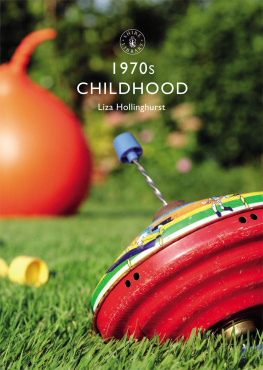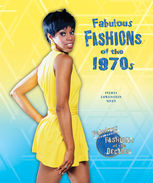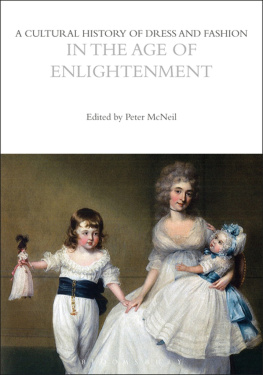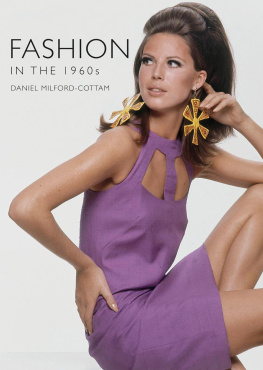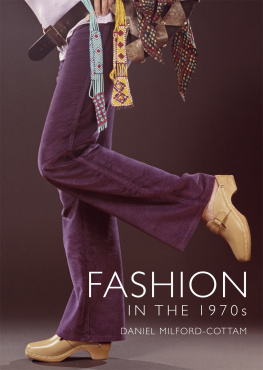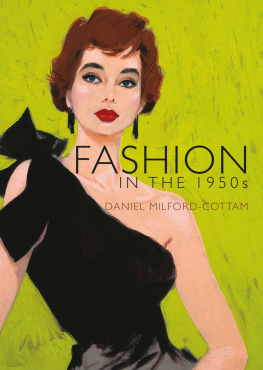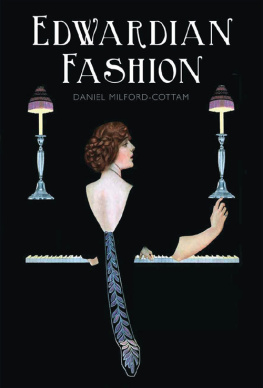CONTENTS
For Jessamy. This is your mums childhood.
INTRODUCTION
E AVESDROP INTO ANY conversation about a 1970s childhood and the reminiscences will pop up: the Can you remember? and Did you have a? For those whose formative years span the decade it invariably evokes nostalgic memories of when a pocket full of Spangles would sustain a road trip cycling around recreation fields; of acrylic tank tops, the Wombles wombling free and those school holidays that seemed blessed with endless hot summers. For some, such memories will ring true with those good times out-weighing the bad that have gradually ebbed away over the years, leaving a rose-tinted retrospective view. However, others will recall the 1970s as a time of both economic and familial deprivation, and of being amongst the have nots instead of the haves.
The idealised family unit of 2.4 children, well-dressed and cosily living in a semi-detached house with all mod-cons on a brand-new estate and a smart Morris Marina on the drive, as often depicted in magazine and television adverts, was far out of reach for many. The reality was that the jobs werent available even for willing and skilled workers. Towns and cities founded on industry floundered in the recession; equally, those who were lucky enough to be employed had to stretch the family finances, which meant that certain memorable toys, foodstuffs and fashions that comprise numerous childhood reminiscences for some, are missing for others. These might be the children whose parents had to make the difficult decision of whether to go on strike with fellow union members or continue working to keep a roof over their familys head and run the barrage of abuse and shouts of Scab when they arrived for work each morning or shift. The childish excitement from having to use candles during the power cuts was a novelty as there was the parental surety that the lights (and telly) would eventually go back on again. For some children, however, this lack of power was a commonplace situation if there werent enough coins to go into the electricity meter; there was nothing excit ing about that.
Each chapter of this book concentrates on a common thread throughout childhood: the food eaten, the music listened to and the games played. It would have been easy to focus upon the good times and present an entertaining, idealised lifestyle, but a more balanced view of the decade is offered here, written with the authors first-hand experiences and observations from fellow 70s children, thus presenting an insight of what daily life was like for the average child.
TIMELINE
1970: The chewy chocolate delight that is Curly Wurl y goes on sale.
1971: First Two Ronnies episode is aired in April and sets a precedent for Saturday night family viewing for years to come.
1972: Mark II Raleigh Chopper with its five-speed T-bar gear shift is a must have for every sp eedy youngster.
1973: Released in March, Pink Floyds Dark Side of the Moon album becomes a permanent fixture on elder siblin gs turntables.
1974: Mayhem on television as Tiswas launches in January; its madcap humour appeals to children an d adults alike.
1975: Roald Dahl publishes Danny, Champio n of the World .
1976: Dance troupe Legs & Co. make their first appearance on T op of the Pops .
1977: Audiences feel the Force as George Lucass Star Wars is screened in cine mas nationwide.
1978: Bearded Father Abraham and his blue Belgian friends arrive in the UK music charts with th eir Smurf Song .
1979: Daredevil stunt motorcyclist Eddie Kidd jumps a jaw-dropping 80 feet over a viaduct at Maldon in Ess ex in December.
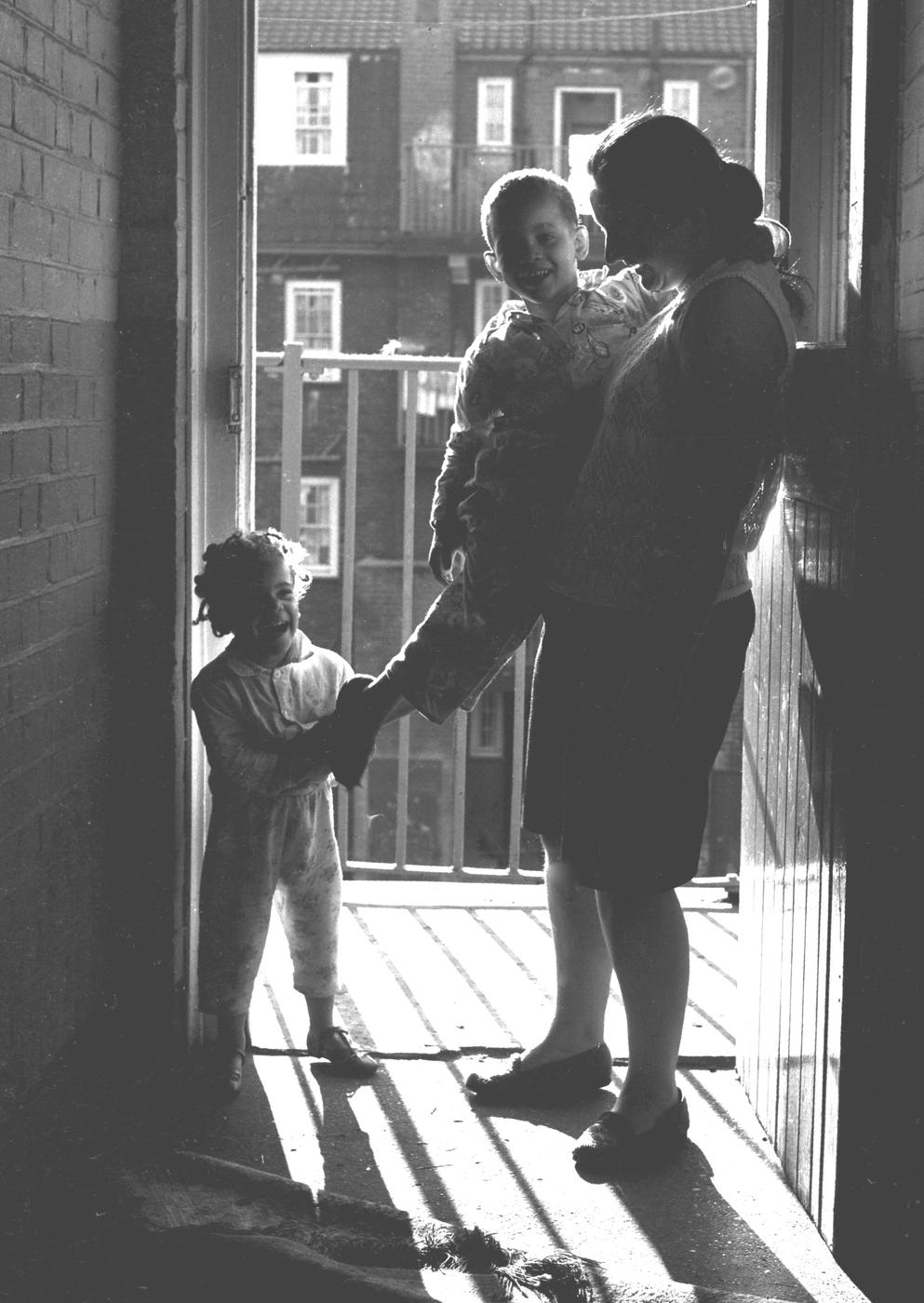
A mother and her children stand in the doorway of their home in an East London block of flats.
WELCOME HOME: FAMILY LIFE
Saturday evenings meant mum doing her hair in a cloud of hairspray in the front room mirror whilst watching the Tom Jones show, then going down to the pub to watch dad play in the darts team.
Ma rk Hollinghurst
Two national events loom large in the memories of many children of the 1970s: the 1976 heatwave, followed by Queen Elizabeth IIs Silver Jubilee in 1977. June 1976 started off nicely, the warm weather ushering what people hoped would be a long, hot summer and what an unforgettable scorcher it would turn out to be. From June through to August, the sun relentlessly beat down upon Britain, bestowing blessings both for sun worshippers and school kids on their summer holidays, yet a curse for water authorities and gardeners. For fifteen consecutive days temperatures soared to a very un-British 32C, baking both skin and prized garden planting; the southwest of Britain was bereft of rain for some staggering 45 days during July and August. The intense and incessant heat transformed riverbeds into a parched network of cracks worthy of a science-fiction film set and even road surfacing began to melt; prodding the gooey tarmac with a stick proved to be irresistible. Below-average rainfall for the previous twelve months exacerbated the situation. Water companies, struggling to keep up with the steep and unremitting increase in demand as their reservoir levels simultaneously decreased to unprecedented lows, had no other option than to introduce water rationing in the form of standpipes in residential streets. In doing so, they inadvertently created a new and unenviable childhood task: que uing for water.
The 25th year of accession to the throne by Queen Elizabeth II was patriotically celebrated with both formal and informal events throughout 1977 in Britain and the Commonwealth. Schools also joined in and gave out commemorative mugs, coins and even bracelets to their pupils, some of whom were less than eager t o receive them:
I was given a steel identity bracelet with the Silver Jubilee logo of a crown surrounded with a laurel wreath engraved on it. I didnt wear it as I was starting to get into punk at the time and would have been mortified to have been cau ght wearing it.
Most celebrations were reserved for 7 June, the official date of the Silver Jubilee. The day was marked all over Britain with community events, such as street parties, ftes, fancy dress competitions, bonfires and firework displays. Streets were decked with Union Jacks, bunting and rows of tables of chairs for communal childrens picnics where families contributed food and drink; the festivities continuing well into the early hours of the fol lowing morning.

A young local girl slips her hand between the wide cracks in the dried-up Pitsford Reservoir, Northamptonshire, in July 1976 during the peak of the heatwave.
On the home front, it was evident that interior design hadnt reached the confines of many childhood bedrooms. Walls were decorated with posters and mass-produced pictures featuring large-eyed, solemn-faced children or enlivened by gender-specific wallpaper; football or racing cars for boys, and for the girls, florals or poke-bonneted Holly Hobbie. Furniture was likely to be second-hand, with single beds made up with candy-striped brushed cotton sheets, blankets from Brentford Nylons, all topped off with a candlewick bedspread and a much-loved Chad Valley teddy. My friend had a duvet with Snoopy on it. I was envious and thought it was the height of sophistication. It made my bed look frumpy in comparison. The numerous power cuts that blighted the decade and frustrated parents were an adventure for children, providing a new lighting source to many bedrooms: a candle in a jam jar. This added a frisson of excitement at bedtimes as books were read by candlelight and torchlight-beam battles were fought on bedroom ceilings, all set against the smell of a paraffin heater elsewher e in the house.

